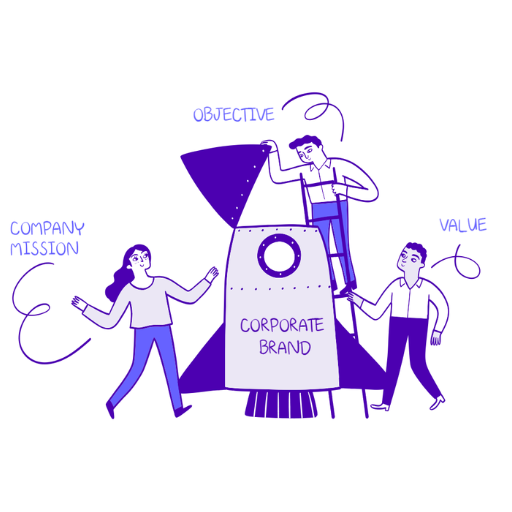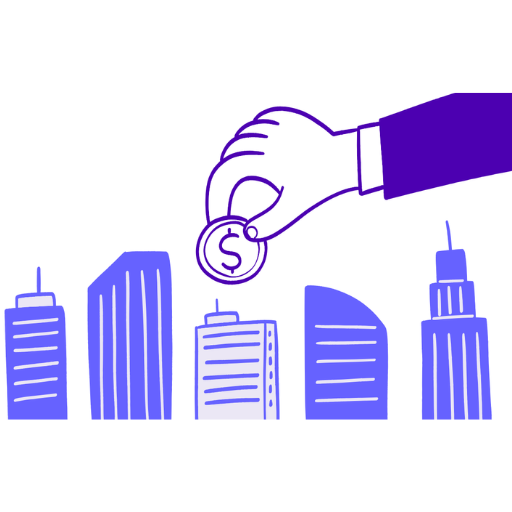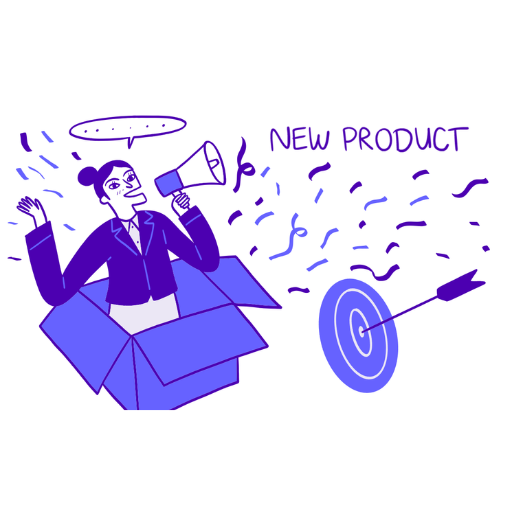
Struggling to grow your brand's reach without burning through your marketing budget? Many companies face the same challenge. One of the fastest ways to get noticed is by joining forces with another brand. When two brands work together on purpose, they can do more than they could alone.
What Are Brand Partnerships?
A brand partnership is when two or more companies work together to reach a shared goal. They combine their strengths to create something better, whether it’s a product, a campaign, or an experience.
Some people use the term “brand collaboration” to mean the same thing, but there’s a small difference. A brand collaboration is usually short-term, like a limited product or a one-time campaign. A brand partnership is more strategic. It lasts longer and goes deeper, often involving shared resources, planning, and long-term goals.
Think of a collaboration as a single project. A partnership is an ongoing engagement.
Types of Brand Partnerships
There are many ways brands can partner up. Here are the most common:
Co-branding
Both brands put their names or logos on the same product. Example: Apple Watch Nike. It’s tech and athletic performance in one.
Joint Marketing Campaigns
Two brands team up to run a campaign together. Example: Spotify and Starbucks working together on playlists in stores.
Product Collaborations
The brands create something new together. Example: Red Bull and GoPro teamed up to bring adventure sports to life.
Strategic Alliances
Brands commit to a long-term plan. They may share data, teams, or even storefronts. Example: Ulta Beauty inside Target stores.
Retail and Distribution Partnerships
One brand sells another brand’s products or features them in-store. This helps both companies reach more customers.
Key Benefits of Brand Partnerships
Brand partnerships work well when both sides gain value. Here are the main benefits:
- Reach more people by accessing each other’s customers
- Build trust through association with another strong brand
- Split costs and share tools or teams
- Bring new ideas to life faster
- Make your brand feel fresh and relevant
The strongest partnerships start by asking, “What can we create together that helps both of us grow?”
Brand Partnerships: Examples That Worked
Red Bull and GoPro
This was more than a sponsorship. Red Bull’s events and GoPro’s cameras gave fans a front-row seat to extreme sports.
Lego and NASA
Kids learned about space while building rockets. This partnership made education fun and hands-on.
McDonald’s and Travis Scott
A meal turned into a movement. McDonald’s connected with younger fans through music and pop culture.
Uber and Spotify
This experience-based partnership gave riders control over the music during their Uber trips. It was about making the ride feel personal. Both brands benefited from deeper engagement and repeated use.
Each of these worked because both brands had a clear purpose and knew their audience.
Famous Brand Partnerships That Changed the Game
Some partnerships go even further. They help build entire brands or shift entire industries.
Nike and Michael Jordan
Air Jordan became its own brand. It shaped basketball, fashion, and culture all at once.
BMW and Louis Vuitton
This partnership wasn’t just about cars. It told a story of travel, luxury, and design.
Coca-Cola and McDonald’s
They’ve worked together for decades, offering a reliable experience wherever you go.
Disney and Pixar
This started with a few films and led to a full merger. Together, they redefined animated storytelling.
These brand partnerships worked because they stayed focused on what mattered to both sides.
Why Brand Partnerships Succeed or Fail
Strong partnerships grow from a strong foundation. Weak ones fall apart fast.
What helps:
- Shared values
- Similar customer groups
- Clear goals
- Open communication
What gets in the way:
- Different cultures or work styles
- One brand doing more of the work
- Poor planning or unclear roles
Use these five questions before starting a brand partnership:
- Do we serve similar or connected audiences?
- Do we believe in the same things?
- Are our goals clear and aligned?
- Will both sides bring value?
- Can we measure success in simple terms?
If the answers aren’t clear, we recommend you adjust or hold off on the partnership.
How to Find the Right Brand Partner
Before you reach out to another brand, start with your own.
- Know your purpose: Why does your brand exist?
- Know your audience: Who are you trying to help?
- Know your message: What do you stand for?
- Know your values: What do you care about most?
Look for brands that match your mission but fill in your gaps. They should bring something new—not more of what you already have.
Also, do your homework. Make sure they treat customers well, deliver on promises, and have a strong team.
How to Maximize a Brand Partnership
Getting the partnership is just the start. Here’s how to make it work:
- Set clear goals you both agree on
- Bring all your teams into the plan from the beginning
- Tell a shared story with one clear message
- Use different platforms—content, product, events, social
- Celebrate wins together and stay honest about challenges
Don’t treat it like a one-time campaign. Build it like a long-term relationship.
The Backstory Take: Purpose Before Partner
At Backstory, we believe good partnerships come from knowing who you are. If your brand isn’t clear on its purpose, you won’t know who to team up with—or why.
Before you start a partnership, ask this:
Does this help us live our purpose more fully?
If the answer is yes, move forward with confidence.
Final Thoughts: The Promise of Partnership
Smart brands don’t grow alone. They grow faster when they partner with purpose.
Whether you’re launching a product together or running a joint campaign, brand partnerships work best when both sides bring clarity, care, and a shared goal.
Start by understanding your own brand. Then look for others who believe in something similar.
Want to build a partnership that actually works? Begin by determining where your brand stands by taking an effective 4-minute brand assessment.


.png)

%20-%20Made%20with%20PosterMyWall.jpg)
.png)
.png)
.png)

.png)





.png)








.png)
.png)
.png)

.png)



.png)




.png)







.png)
.png)

.png)
.png)


.png)
.png)


.png)
.png)

.png)
.png)
.png)
.png)